WORKSHOPS
Gömböc in Colombo — Students at St. Benedict’s College Witness a 21st-Century Mathematical Marvel !
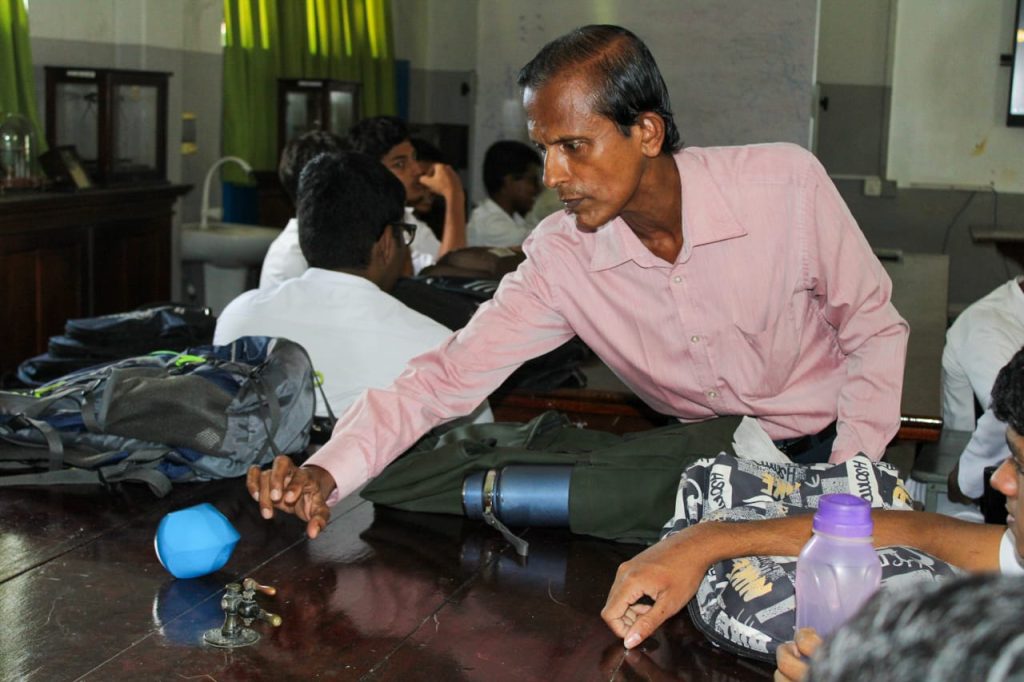

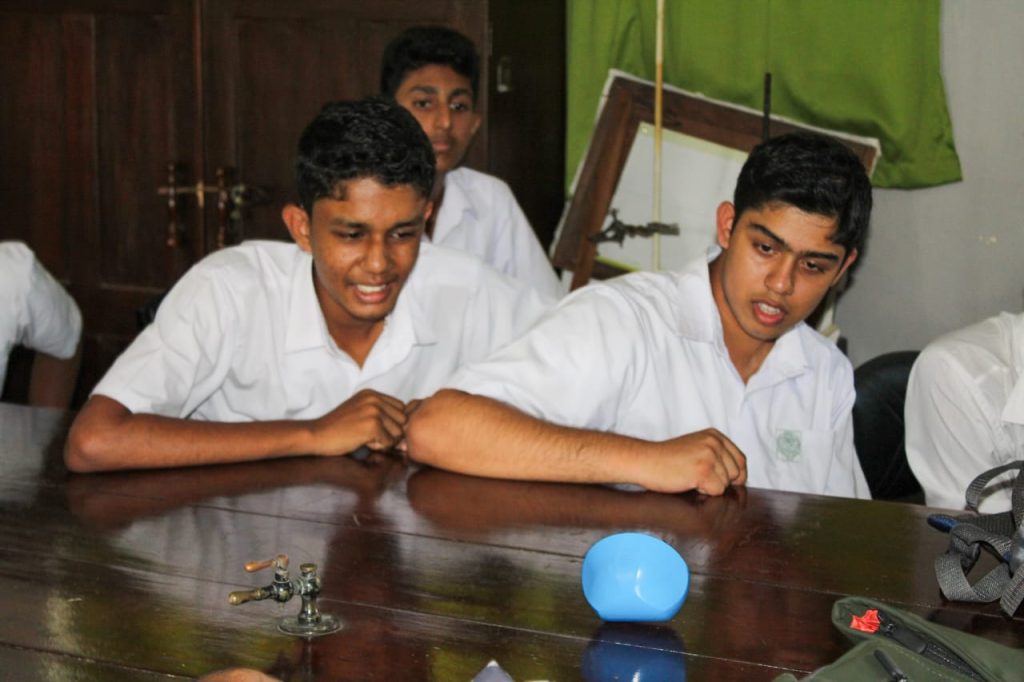

Humanistic Mathematics activity-based project
in 21st-century teaching mathematics
Humanistic mathematics activity-based projects emphasize the integration of real-world applications, collaborative learning, and creative problem-solving into mathematics education. These projects aim to make mathematics more engaging and relevant to students, fostering a deeper understanding and appreciation of the subject. By focusing on humanistic approaches, these projects help develop critical thinking, communication skills, and a positive attitude towards mathematics, making them a significant driving force in 21st-century mathematics teaching.
Students engaging in BRAINSTORMER MATHS CLUB activities at St.Benedict’s College.

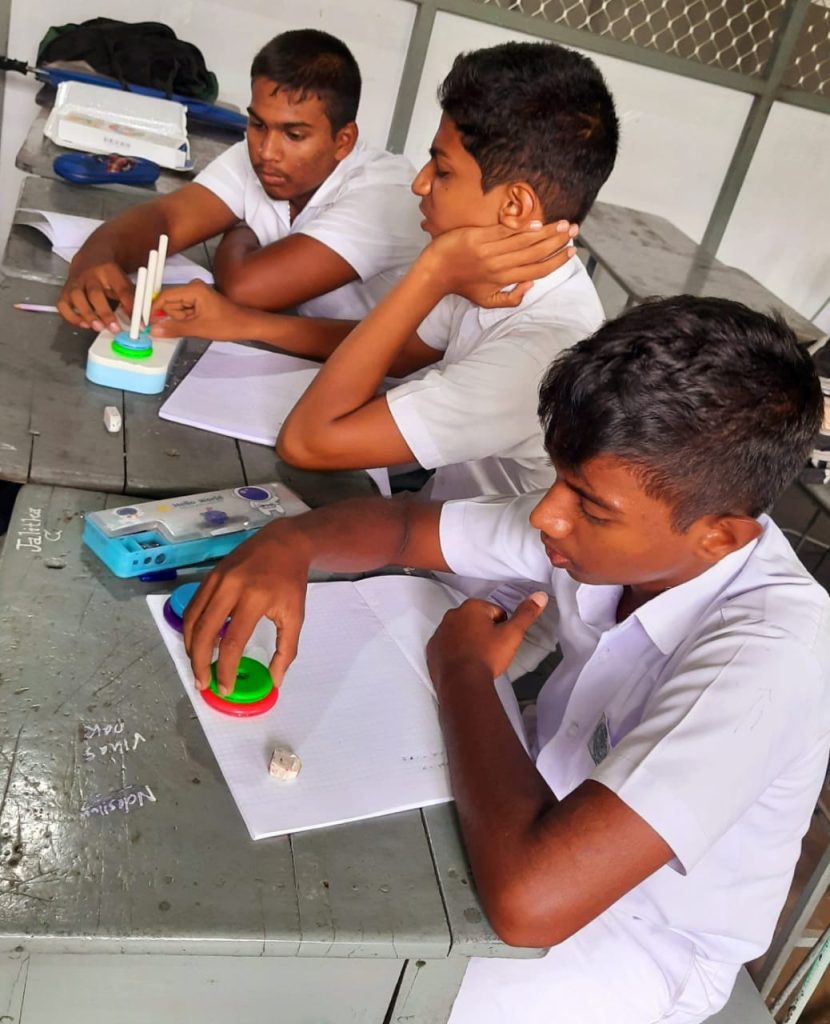
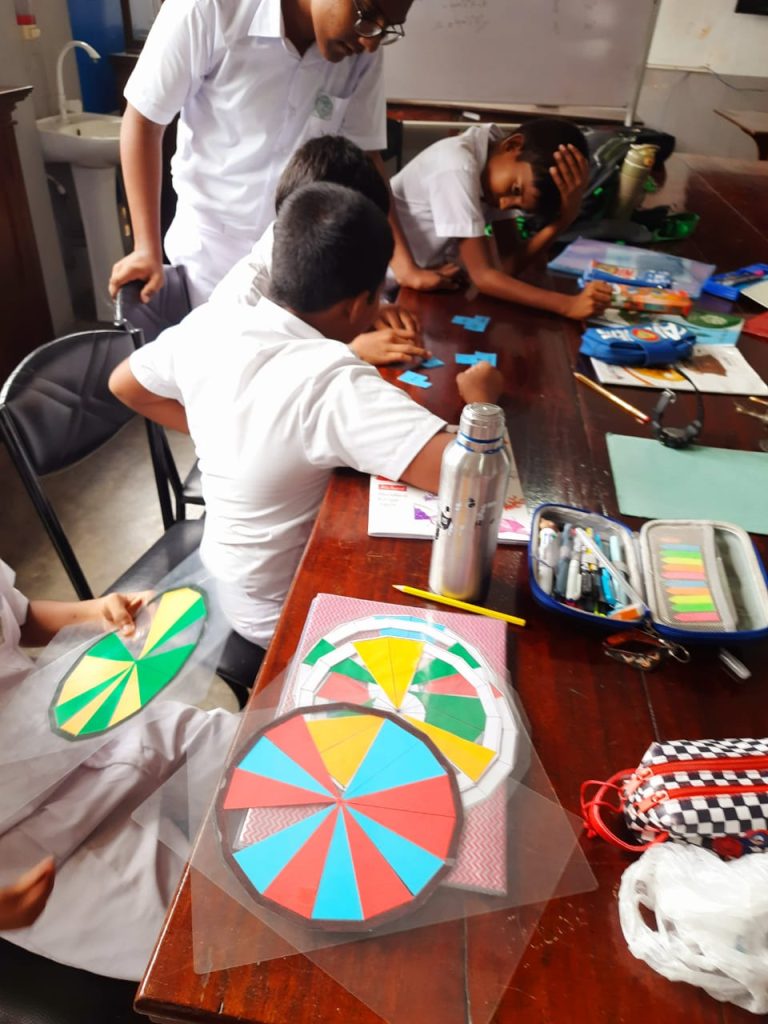
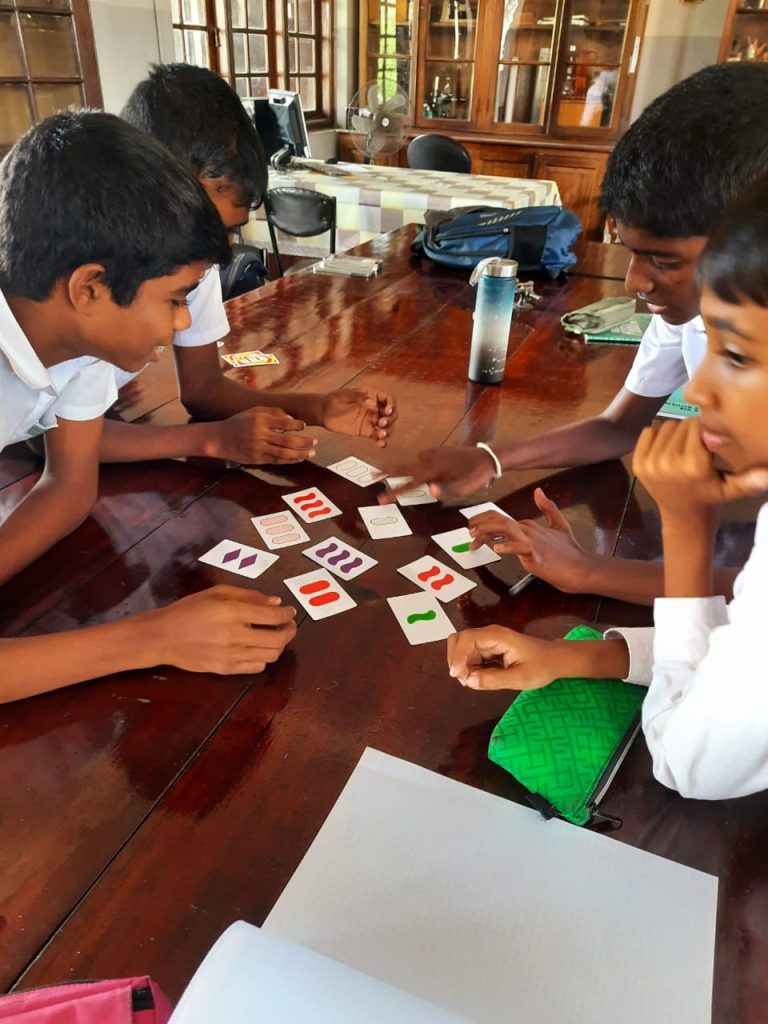
Awareness program of Humanistic Mathematics activity-based projects for the parents .
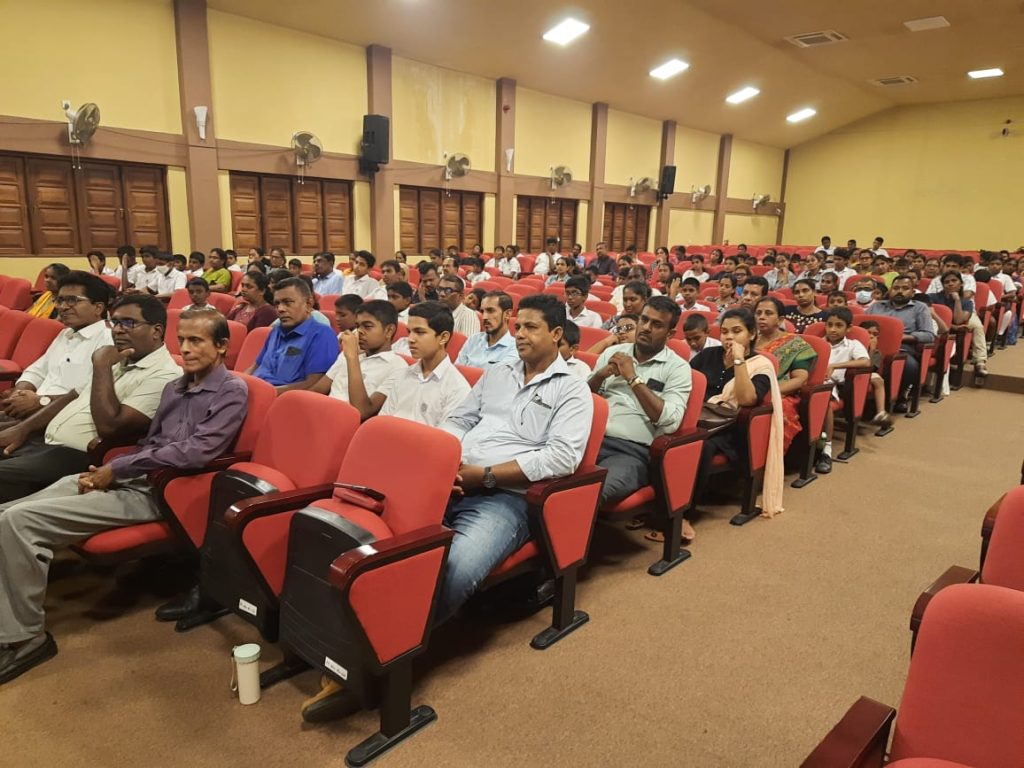
Mathematics is more than just numbers-it’s a world of discovery, innovation and endless possibilities! Since its inception in March 2024, the St.Benedict’s College Mathematics Club has been dedicated to nurturing young minds, equipping them to tackle global mathematical challenges through creativity and critical thinking.
We were honored to welcome Mr.Saman Pushpakumara, Deputy Director of Mathematics of the Ministry of Education to our activity sessions on 20th February 2025. His visit reaffirms the Ministry’s recognition of our innovative, activity based approach rooted in Humanistic Mathematics.
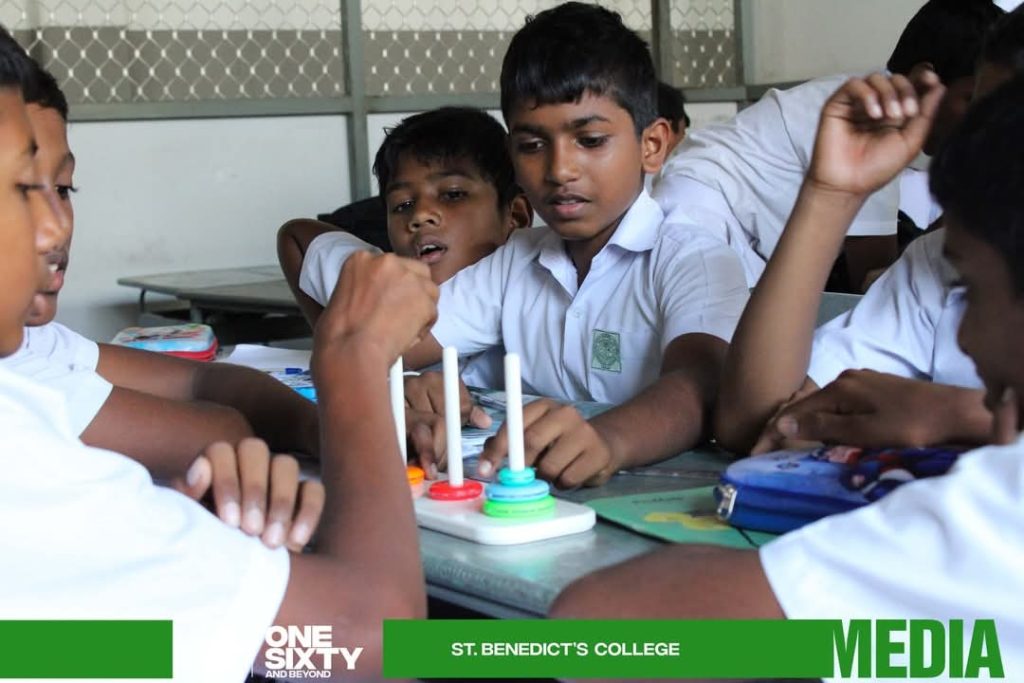
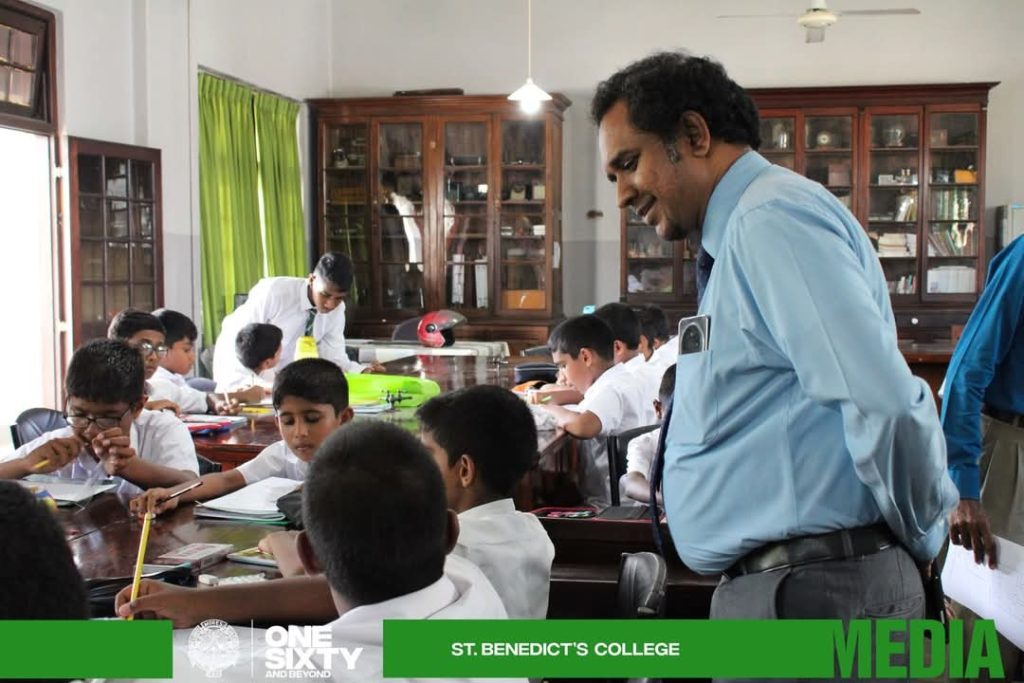
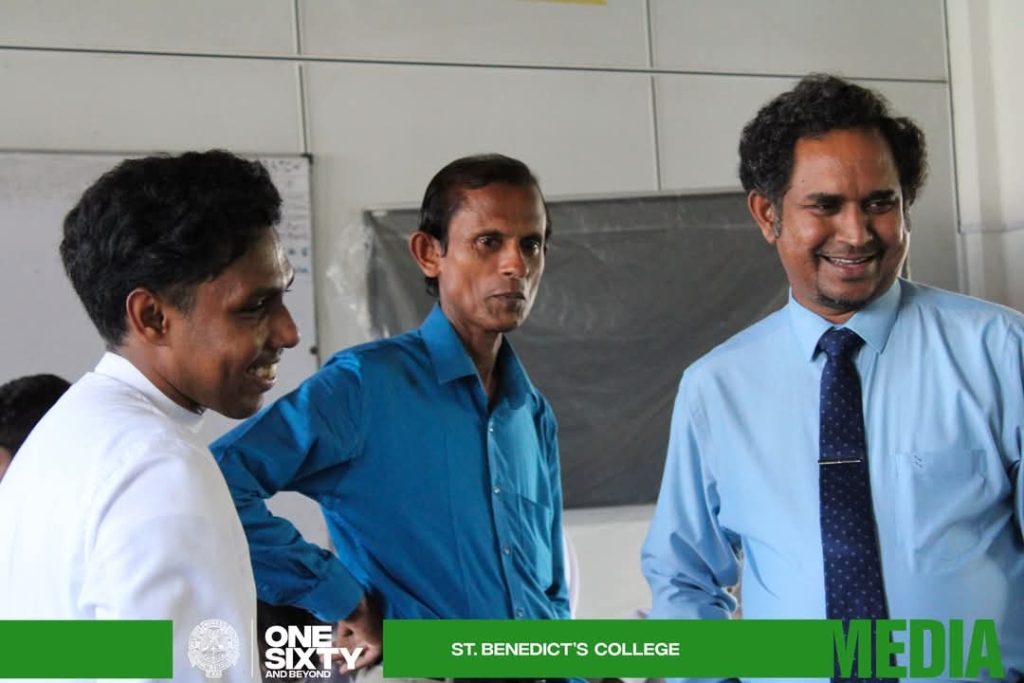
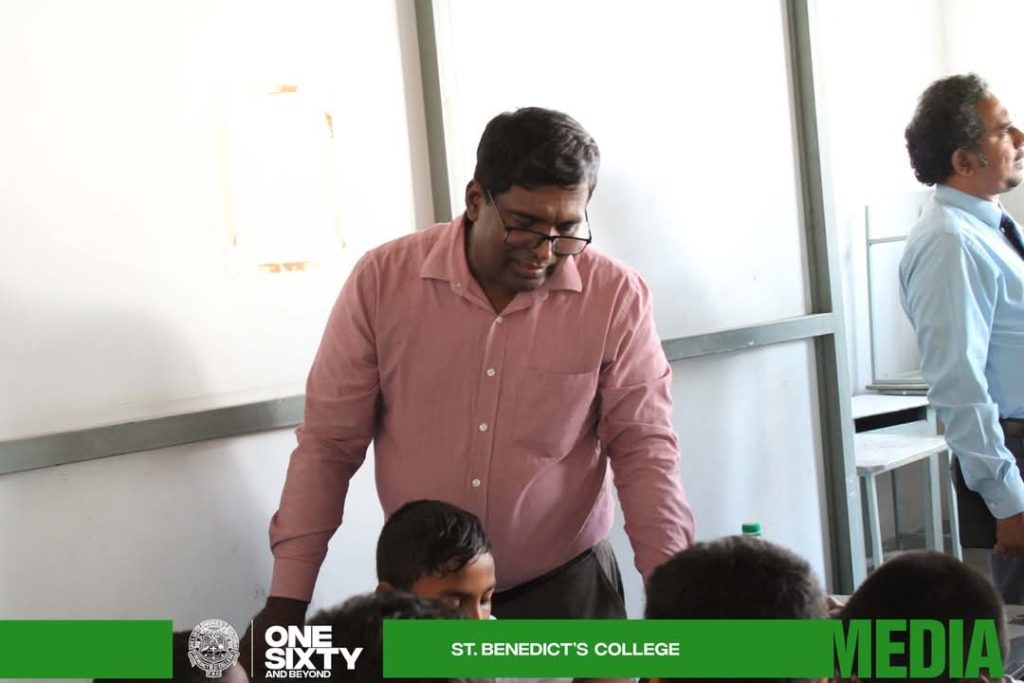
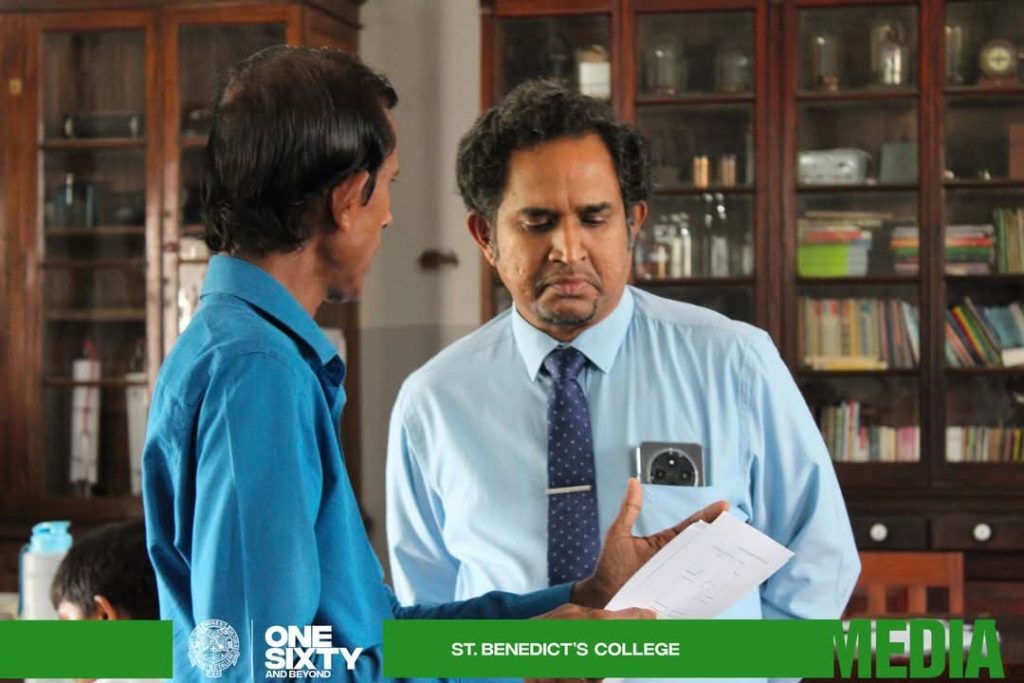
Professional experts comments on the proposal of initiating 21st century teaching mathematics
at St. Benedict’s College
I went over your document. It is good. I will send the curriculum of the MSc in Mathematics Education at the University of Colombo for you to have a look. It may give you more ideas.
- Dr. Chanakya Wijeratne
- CEO of Sri Lanka Olympiad Mathematics Foundation
- Senior lecturer and a Former Head of the Department of Mathematics
- University of Colombo
The programme you are going to implement is good. Most important thing is use student-based teaching methods, unlike traditional teaching methods. Understand individual students competencies and support them to reach to some level. Motivate them ask questions and learn.
- Dr. (Mrs.) Kissani Perera
- Senior lecturer and a Former Head of the Department of Mathematics
- University of Kelaniya
Thank you for sharing the proposal with me. It is impressive and I do not have much to add. I will always be glad to be of assistance.
- Rama K Ramanathan
- Adjunct Professor at School of Business
- Western Sydney University
- Australia
It is better to have some guidelines for the activities conducted by teachers as well as students.
- Dr. Wasantha Daundasekera
- Senior lecturer and Professor
- Department of Mathematics
- University of Peradeniya
Guidelines for Selecting Activities for the Humanistic Mathematics Activity-Based Project
When choosing activities for the Humanistic Mathematics activity-based project, ensure each selected activity satisfies at least two of the following criteria;
- Historical Awareness: Activities should help students understand the development of mathematics over generations, fostering an appreciation of its historical context and evolution.
- Foundation for Advanced Mathematics: Select activities that are robust and substantial, serving as a strong foundation for further exploration and extensions in advanced mathematical concepts.
- Practical Importance: Ensure that the activities have clear and meaningful real-life applications, demonstrating the practical relevance and utility of mathematics in everyday life.
- Encouragement of Alternative Approaches: Opt for activities that invite and support diverse problem-solving methods, allowing students to explore and propose alternative approaches.
- Independence from Physical Objects: Choose activities that can be performed by students independently, without the need for any physical objects, ensuring accessibility and ease of implementation.
Additionally , when choosing an activity for a lesson it is essential that the activity not only imparts knowledge related to the specific topic but also serves a broader educational purpose. If a recreational activity is selected it should go beyond merely providing fun and should contribute meaningful to the learning experience.
the examples for Humanistic Mathematics activities:
1) Geometric Numbers:
Students explore the patterns of triangular, square, pentagonal, and hexagonal numbers by arranging colored circular discs. This hands-on activity helps them visualize and identify common numbers across different geometric number sequences. The activity also introduces the concept of combining polygonal numbers to form other sequences, with the potential to generalize for k-gonal numbers.
2) Tessellation:
Students are introduced to the world’s first aperiodic monotile, highlighting how groundbreaking discoveries in mathematics can emerge with a basic understanding of concepts. The activity expands into examining the possibilities of semi-regular tessellations and extends further into the formation of semi-regular polyhedra, eventually connecting to Platonic solids and their applications.
3) Magic Squares:
This activity explores the rich history of magic squares and their geometric underpinnings. Students use various geometrical shapes to visualize magic squares, and later, the concept is expanded to Latin squares. This introduction to Latin squares underscores their relevance in real-world applications, such as scheduling tournaments.
4) Art Gallery Problem:
Students learn to determine the minimum number of CCTV cameras required to cover an entire area without relying on physics concepts. Beginning with simple shapes like triangles and quadrilaterals, students gradually progress to more complex shapes. The ceiling and floor functions are introduced to facilitate calculation. The activity is extended to include scenarios involving “holes” and coverage of external areas, connecting to the classic fortress problem.
5) Tower of Hanoi:
Students engage with the historical Tower of Hanoi puzzle, learning about its origins in Brahman India and its connection to binary numbers. By physically replacing discs, they develop critical thinking and collaborative skills. The activity also explores how the Tower of Hanoi can be adapted to more complex versions, fostering creative problem-solving.
6) Mathematics Behind Coins:
Explore Reuleaux polygons as an alternative to traditional coin shapes, maintaining a constant width. Learn how to draw Reuleaux polygons and discuss their unique properties. Discover the use of Reuleaux polygons in engineering, design, and everyday objects like drill bits and manhole covers as Real-Life applications.
7) Mathematics Behind Juggling:
Understand the mathematical structure behind juggling patterns through sequences. Determine valid juggling sequences and explore how to create new patterns by inventing new sequences. Emphasize the importance of mathematical thinking in achieving new and complex juggling techniques.
8) Geometric Dissections:
Investigate the dissection of geometric shapes into other forms. Dissect a triangle into a square, a triangle into a hexagon, and a rectangle into a square. Explore the intriguing puzzle of squaring a square and the impossibility of cubing a cube. Discuss the practical uses of geometric dissections in fields such as art, design, and architecture.
9) 15-Number Puzzle:
Analyze the mathematical principles behind the classic 15-number puzzle. Use mathematics to determine the feasibility of specific configurations and overcome impossibilities through creative strategies. Engage students in group activities where they can physically manipulate the puzzle pieces, fostering a collaborative environment that emphasizes teamwork and collective problem-solving.
10) Mathematicians Card Game:
Introduce the card game SET, which involves pattern recognition and mathematical reasoning. Determine the total number of cards in the deck and explore the various ways to form valid SETs. Assign numbers to represent four distinct properties of the cards, enhancing understanding of combinatorial mathematics.
These activities blend mathematics with engaging real-world scenarios, fostering a deeper appreciation and understanding of mathematical concepts among students making mathematics both accessible and engaging.
Educator Author Researcher
